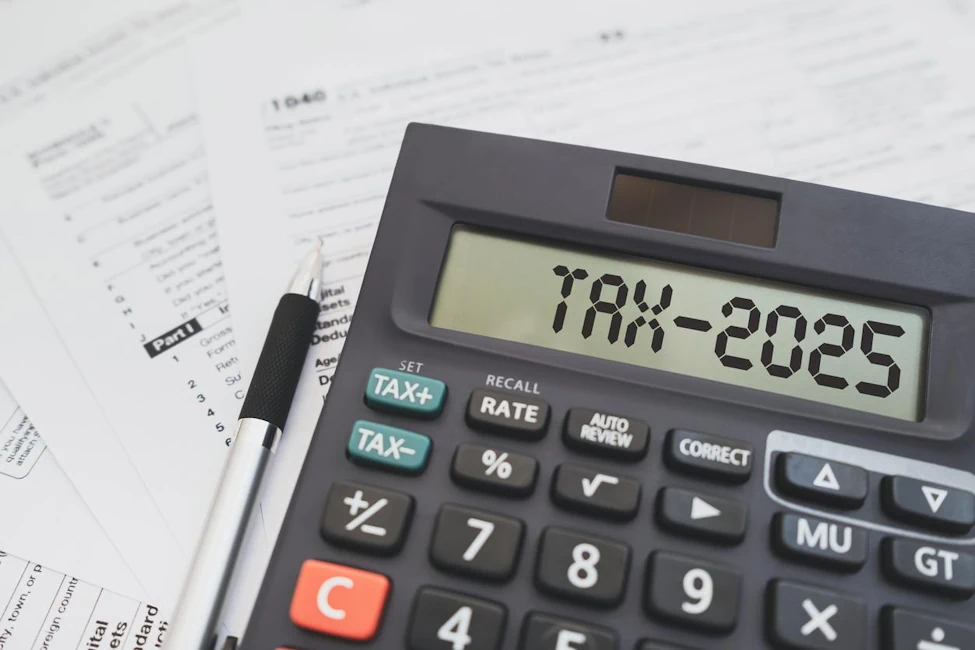Luc, founder of a digital agency in Montréal, had a great year. His company earned $120,000 in net profit, and like many business owners, he paid himself a $120,000 salary. A few months later, he realized more than half of it had vanished into taxes and payroll deductions.
Across the hall, Martin, who runs a consulting firm, took a different approach: $40,000 in salary and $80,000 in dividends. By the end of the year, Martin kept nearly $20,000 more in his pocket and had enough cash left in his business to invest in growth.
This scenario captures a growing reality for Canadian entrepreneurs. The question is no longer how much you earn, but how you pay yourself. In 2025, that decision can determine whether your business thrives or struggles.
T4 Income: Stability and Credibility at a Higher Cost
Paying yourself a salary, known as T4 income, remains the traditional route. It builds contributions to CPP or QPP, qualifies you for RRSP room, and presents steady income to banks and lenders. Financial institutions value this consistency because it simplifies risk assessments.
However, stability has a price. Higher personal tax rates, heavier deductions, and less flexibility when managing cash flow. For many incorporated business owners, a T4 salary can feel more like a burden than a benefit. In Québec, a business owner earning a $120,000 salary can easily face an all-in tax and contribution rate approaching 47 percent.
For experienced entrepreneurs, this structure must also comply with CRA payroll requirements, including monthly remittances and employment records. It means more administration, but also more credibility when dealing with lenders or potential investors.
T5 Dividends: Freedom and Fiscal Control
Dividends, reported through a T5, have become the preferred strategy for many entrepreneurs. They are paid directly from corporate profits, require no CPP or QPP contributions, and benefit from a lower personal tax rate through the dividend tax credit.
This structure is ideal for incorporated companies that have already paid corporate tax and want to optimize post-tax income. It offers flexibility because payments can align with cash availability, but it removes safety nets such as CPP and RRSP contributions.
Technically, each dividend payment must be supported by updated financial statements and documented through a shareholder resolution. It is a system that rewards planning and fiscal discipline. As one Montréal accountant says, “The best CEOs treat their income like a financial instrument, not a paycheque.”
The Smart Hybrid: Combining T4 and T5
The most effective strategy for many Canadian business owners is a hybrid model. Accountants across the country recommend a modest T4 salary, usually between $40,000 and $60,000, to preserve benefits and credibility, while using dividends for the remainder.
This balance ensures predictable income for banks and investors, keeps RRSP room open, and reduces overall taxes. According to CPA Canada, combining T4 and T5 income can lower total tax exposure by 10 to 15 percent compared to a full salary while providing greater flexibility for cash management.
For advanced readers, two technical mechanisms make this approach more powerful: the Small Business Deduction (SBD) and the Capital Dividend Account (CDA). When used correctly, these allow companies to issue tax-free dividends from capital gains and improve the effective tax rate on distributions. Another detail that matters is whether dividends are classified as eligible or non-eligible. The difference directly affects the credit rate and the after-tax income of the shareholder.
Why This Debate Matters in 2025
With higher interest rates, rising commercial rents, and increased labour costs, every dollar now counts. Full salaries are giving way to smarter income structures as owners focus on liquidity and reinvestment.
The modern Canadian business owner now thinks like a CFO. They plan compensation based on cash flow, taxes, and growth potential instead of following tradition. Income is no longer a routine. It is a financial strategy.
From Employee to Strategist
A T4 salary offers stability. T5 dividends provide control. The smartest leaders find the balance that gives them both: enough structure to stay credible and enough flexibility to stay agile.
Being a business owner today is not only about managing a company. It is also about managing yourself. In a climate where cash flow equals survival, how you pay yourself may be the most strategic business decision you make.
Those who master this balance stop working for their business and start working with it.







